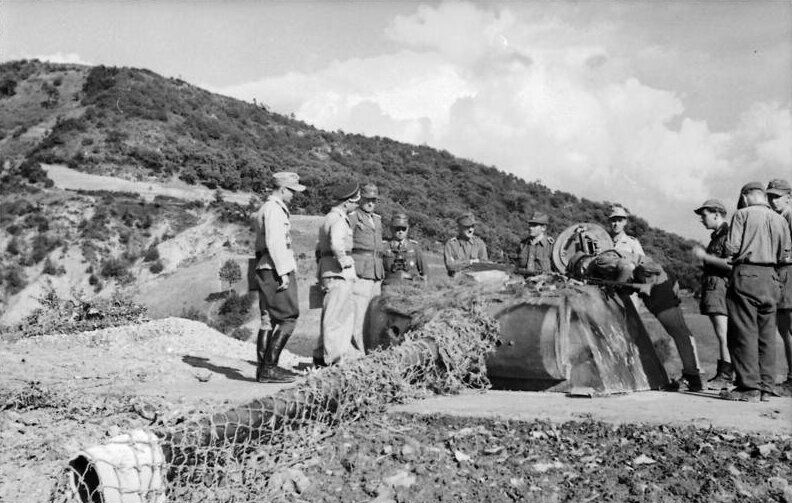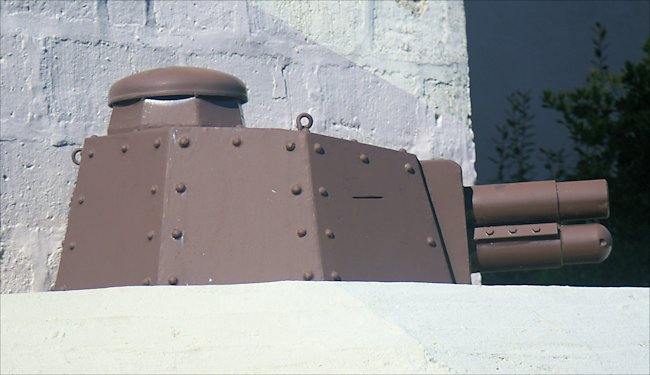The Germans used tank turrets as bunkers on the Ostwall, and in Italy, generally Panther, but also Panzer IV. Who manned these turret bunkers? -was it regular tank crew, artillery men, or anti-tank people? I've looked at various pictures, but none seem to give any info on personnel. Just the beginnings of an idea for a small diorama................
Dave
Dave







Comment